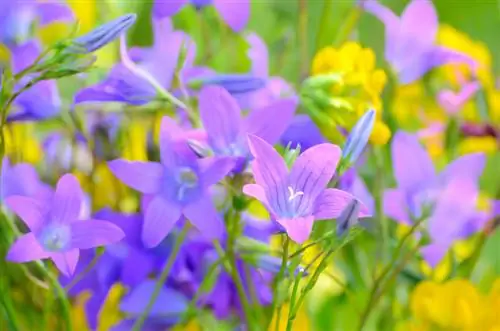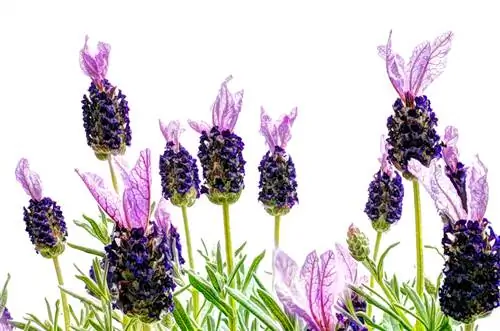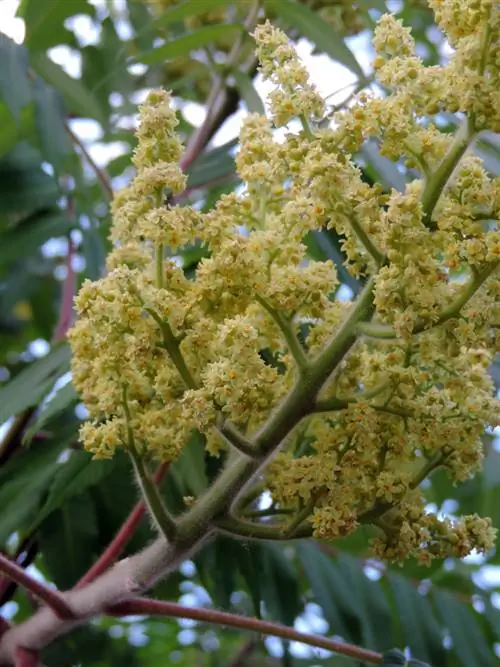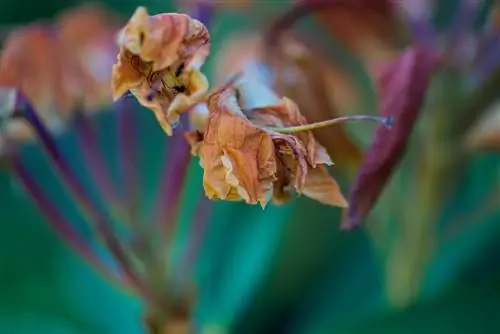- Author admin [email protected].
- Public 2023-12-16 16:46.
- Last modified 2025-01-23 11:20.
The distinctive bluebells with their delicate flowers have always inspired poets and storytellers. Rapunzel, the girl with incredibly long hair locked in a tower, is named after the bellflower species Campanula rapunculus (“Rapunzel's bellflower”), whose roots and leaves were often eaten as a vegetable in the Middle Ages. The pretty perennials are still cultivated today because of their pretty, long-lasting flowers.
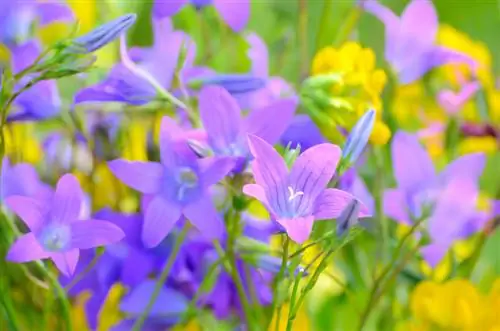
When is the bluebell flowering time?
The bellflower (Campanula) has its main flowering period from June to September. Depending on the species, their flowers shine in blue, purple, pink or white and vary in size and growth habit. Through a suitable location and good care, their flowering period can be extended and intensified.
Bluebells bloom persistently
Most species and varieties of bellflowers bloom from around June / July until September. The small, ground-covering species in particular can form a dense carpet of flowers that shine in blue, violet, pink or white. The bellflowers with a flat growth include the Carpathian bellflower or the star bellflower. Other species are rather tall and develop large flowers. These are ideal for borders and beds and can be used as cut flowers. The popular St. Mary's bellflower also belongs to this category.
Promote flowering through the right location and good care
Bluebells bloom more beautifully, lushly and longer the better they are cared for. It is not only important to provide the plants with sufficient water and fertilizer, they also need a location that meets their needs. The general rule is that bluebells should be as bright as possible, but not in the blazing sun - the intense midday sun in particular can quickly scorch the plants, which are sensitive in this regard. However, this rule does not apply to every type of bellflower, because some campanulas only really bloom in a sunny location. Others naturally grow on the edge of the forest and therefore need a shady spot.
Tips & Tricks
So that the perennials are stimulated to grow more and produce strong flowers, you should cut them back about hand-high either after flowering or in early spring at the latest.

